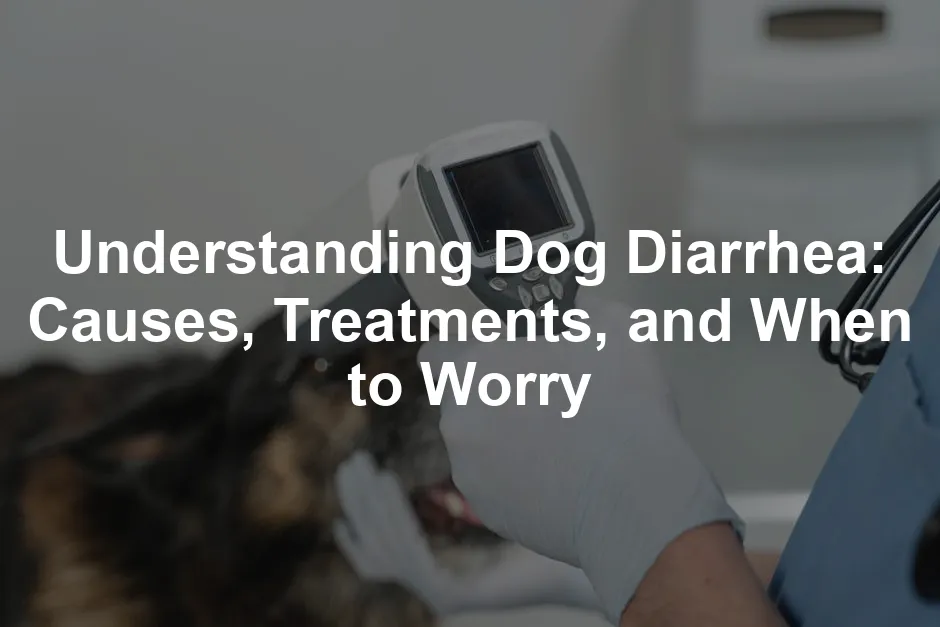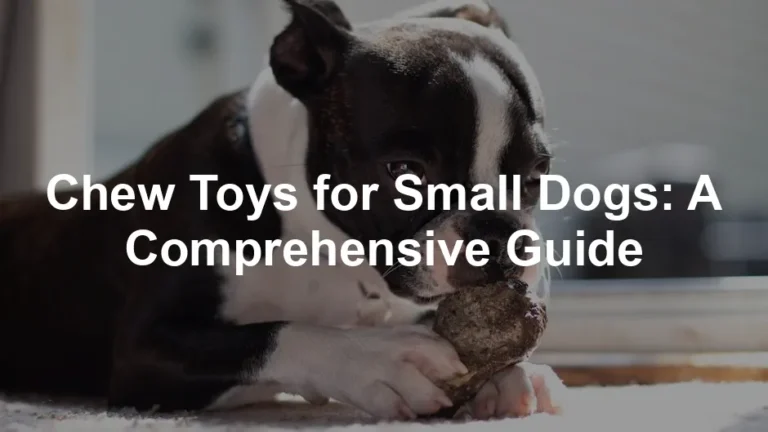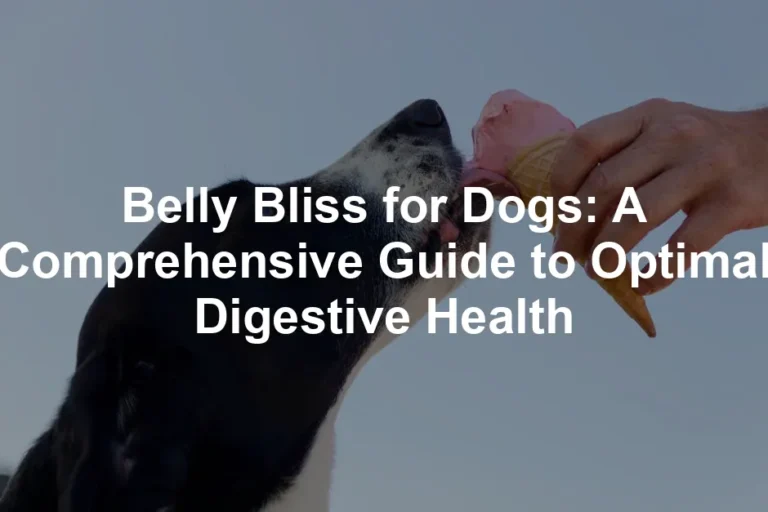Introduction
Ah, dog diarrhea—the topic no one wants to discuss but every dog owner faces at some point! It’s like a rite of passage in the pet parenthood handbook. Just when you thought your dog couldn’t embarrass you more, they decide to turn your living room into a ‘diarrhea disaster zone’!
But fear not, dear reader. Understanding this common issue is essential for every dog owner. Diarrhea can vary in frequency, duration, and intensity, and while it’s not a pleasant subject, it’s crucial to know what’s happening in your pup’s belly.
So, why does this happen? Dogs have a unique way of digesting food, and their systems can be sensitive. From dietary indiscretion to infections and stress, there are numerous potential causes. Knowing the symptoms and treatment options can help you navigate these messy situations with ease.
In this section, we’ll delve into the nitty-gritty of dog diarrhea, covering everything from its causes and signs to when you should seek veterinary help. Because no one wants to be that person whose dog’s tummy troubles go unchecked! So, let’s get started and turn that frown upside down—your dog’s health is worth it!
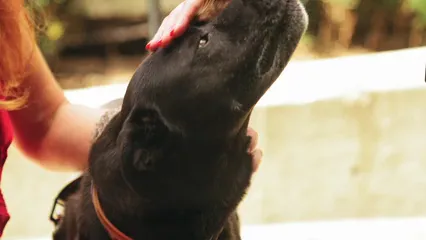
Summary of Key Points
Dog diarrhea is a common issue that can leave you feeling frazzled. Here’s a quick overview of what we’ll cover:
- What is Dog Diarrhea?: A definition and the symptoms to watch for.
- Common Causes: From dietary mishaps to infections and stress, we’ll break it down.
- Treatment Options: Home remedies, veterinary care, and tips on when to seek help.
- Prevention Tips: Learn how to manage your dog’s diet and monitor their health.
- When to Worry: Discover the signs that indicate a trip to the vet is necessary.
Curious yet? Let’s dig deeper into the fascinating world of dog diarrhea!
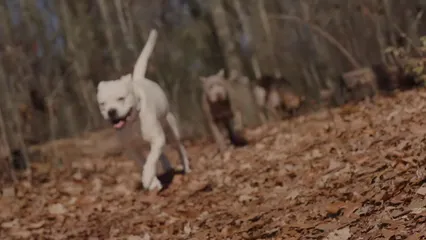
Understanding Dog Diarrhea
What is Dog Diarrhea?
Dog diarrhea is characterized by the passage of loose or liquid stools. It’s essential to recognize that diarrhea is a symptom rather than a disease itself. This tells us that something is off in your dog’s digestive system.
Diarrhea can be categorized into two main types: acute and chronic. Acute diarrhea is sudden and often resolves quickly, usually within a day or two. Chronic diarrhea, on the other hand, persists for more than two weeks and often requires veterinary intervention to uncover the underlying causes.
In essence, diarrhea is your dog’s way of saying, “Hey, something’s not right!” It’s crucial to pay attention to the signs and symptoms that accompany this condition, as they can provide valuable insights into your dog’s health. So, keep an eye on your furry friend’s bathroom habits—it might just save you from a messy situation!
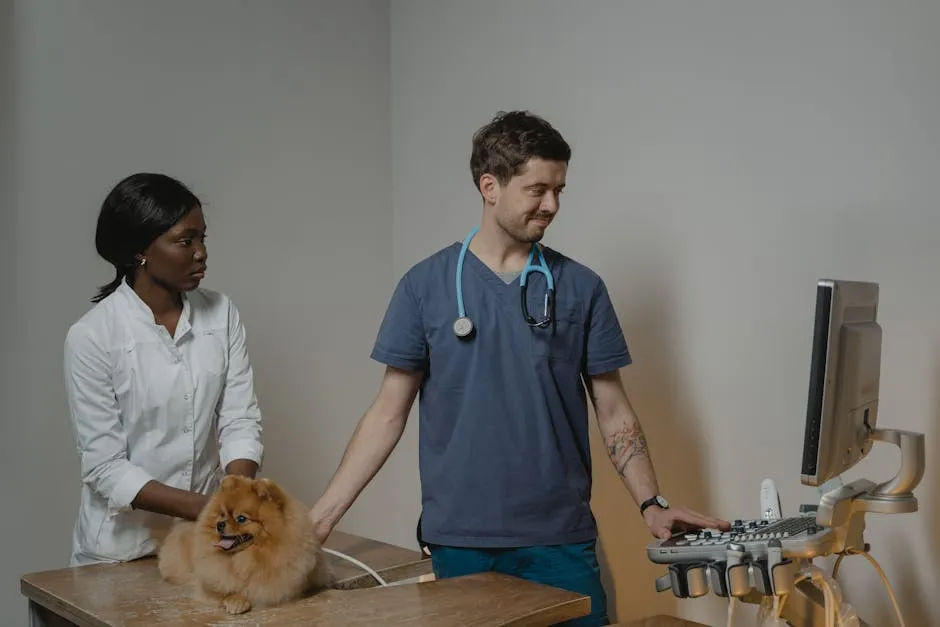
Types of Dog Diarrhea
When it comes to dog diarrhea, not all loose stools are created equal. There are four main types, each with its own causes and characteristics. Let’s break them down so you can impress your friends at the dog park with your newfound knowledge!
- Osmotic Diarrhea
This type occurs when water is drawn into the gastrointestinal tract, resulting in large volumes of watery feces. High-fat meals or lactose intolerance often cause osmotic diarrhea. If your pup has been on a cheese binge, this could be the culprit. You’ll notice extremely loose stools, but good news—fasting typically improves this condition.
- Secretory Diarrhea
Secretory diarrhea happens when the gastrointestinal tract produces excessive secretions. This can occur due to bacterial toxins or viral infections. If your dog’s business resembles a fountain rather than a normal poop, this could be the reason. Unlike osmotic diarrhea, fasting won’t help here, and other treatments might be necessary.
- Exudative Diarrhea
Exudative diarrhea results from damage to the intestinal lining, leading to the leakage of fluid, mucus, or blood into the feces. Conditions like ulcerative colitis or autoimmune diseases can trigger this type. You might see mucus or blood in your dog’s stool, which is definitely a sign to consult your vet.
- Rapid Intestinal Transit
This form occurs when the intestines contract more vigorously than usual, speeding up the passage of materials. Your dog may experience watery stools as a result. The cause can range from stress to dietary changes. It’s a bit like your dog’s gut is trying to break the world record for fastest potty break!
Understanding these types can help you pinpoint the issue and decide when it’s time to call your vet. Now that you’re equipped with this knowledge, let’s dive into the causes of dog diarrhea!
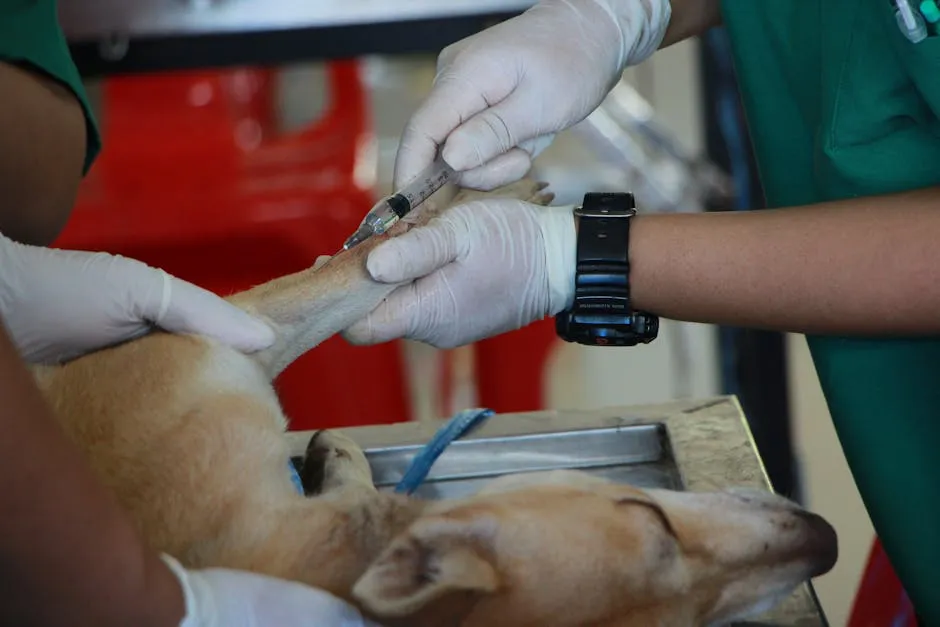
Causes of Dog Diarrhea
Diarrhea in dogs can stem from a myriad of causes, ranging from the mundane to the downright alarming. Understanding these causes is key to managing your dog’s health and ensuring they’re back to their playful selves in no time.
Common Causes
- Dietary Indiscretion: Dogs are notorious for their scavenging behavior. Eating garbage or spoiled food can lead to rapid digestive distress. If your pup treats the trash can as a buffet, you might find yourself cleaning up after a stomach rebellion.
- Food Allergies or Intolerances: Just like us, dogs can have food sensitivities. Ingredients that don’t sit well can trigger diarrhea. Common offenders include grains, dairy, and certain proteins. If you notice your pup getting the runs after a new treat, it might be time to rethink the menu.
- Sudden Dietary Changes: Abruptly switching your dog’s food can upset their stomach. If you’re introducing a new kibble, do it gradually over several days to avoid gastrointestinal drama.
- Intestinal Parasites: Uninvited guests like Giardia and roundworms can wreak havoc in your dog’s gut, leading to watery stools. Regular vet check-ups and deworming can help keep these pesky parasites at bay.
- Viral and Bacterial Infections: Infections like parvovirus and salmonella can cause serious gastrointestinal upset. If your dog has diarrhea coupled with lethargy or vomiting, a vet visit is essential.
- Stress or Anxiety Triggers: Dogs can be sensitive to changes in their environment. New pets, trips to the vet, or even moving houses can trigger diarrhea. If your dog is anxious, consider some calming techniques or talking to your vet.
- Ingestion of Foreign Objects or Toxins: Dogs are curious creatures. Eating non-food items or toxic substances (like chocolate) can lead to serious digestive issues. If your dog’s had a run-in with something they shouldn’t have, it’s time to call the vet.
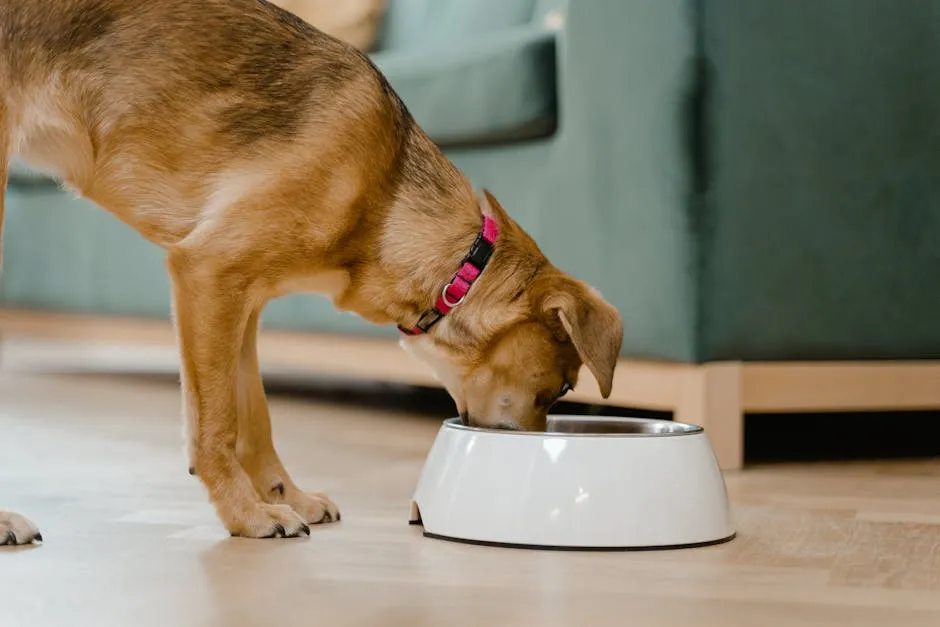
Less Common Causes
- Inflammatory Bowel Disease (IBD): This chronic condition results in inflammation of the intestines, leading to ongoing diarrhea. It typically requires veterinary diagnosis and management.
- Pancreatitis: Inflammation of the pancreas can cause severe digestive upset, including diarrhea. Watch for other signs like vomiting and abdominal pain.
- Colitis: Inflammation of the colon can lead to diarrhea, often with mucus or blood. A vet can help determine the exact cause.
- Organ Dysfunction: Issues with the liver or kidneys can manifest as diarrhea. If your dog shows signs of fatigue or changes in appetite, consult your vet.
- Cancer: Though more rare, certain cancers can lead to gastrointestinal symptoms. If your dog exhibits ongoing symptoms without clear cause, it’s crucial to seek veterinary advice.
With all these potential causes, it’s clear that monitoring your dog’s health is vital. If diarrhea persists, don’t hesitate to reach out to your vet for guidance. After all, your furry friend relies on you to keep them healthy and happy!
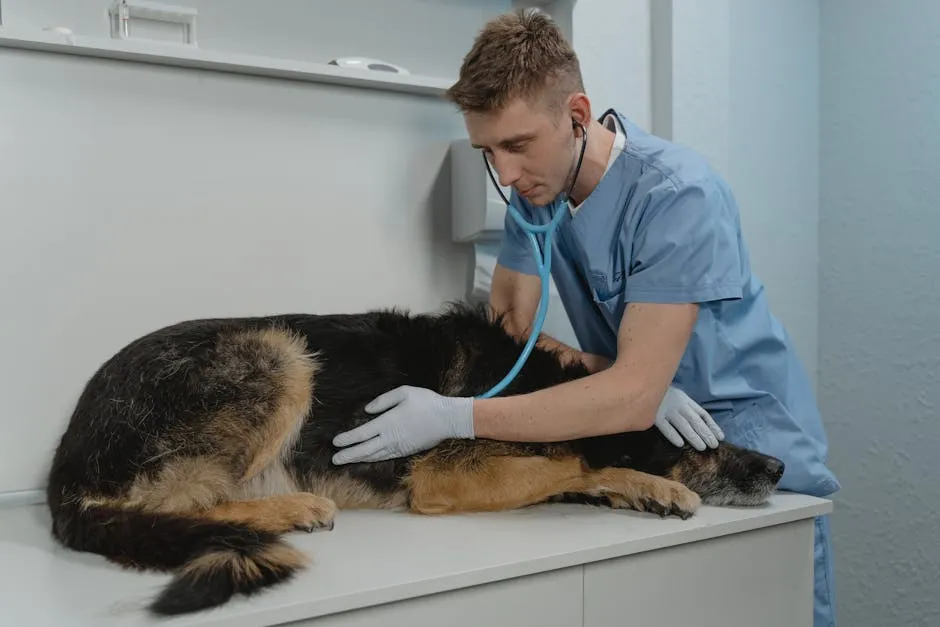
How Poop Reflects Your Dog’s Health
Your dog’s poop is more than just a smelly inconvenience. It’s a window into their overall health! By learning to assess your pup’s stool—its consistency, color, and frequency—you can gain valuable insights into their digestive well-being.
Assessing Dog Poop: What to Look For
First, let’s talk about consistency. A “perfect” poop is firm yet pliable, resembling a chocolate log. Too soft? It could be a sign of diarrhea. Meanwhile, watery stools? That’s your dog’s way of saying, “Help! I need a vet!”
Next, color is crucial. Healthy poop is typically a chocolate brown, but other hues can indicate potential issues. Greenish stools? Your dog might have grazed too much grass or could be dealing with a gallbladder issue. Yellow or orange can hint at liver trouble or food intolerance. Black, tarry stools? That’s an emergency signal for internal bleeding, so don’t wait—call your vet ASAP!
Finally, frequency matters. A healthy dog will poop about once or twice a day. If your furry friend is suddenly making more trips outside, it’s time to pay attention. Increased frequency can indicate digestive distress, especially if accompanied by other symptoms.
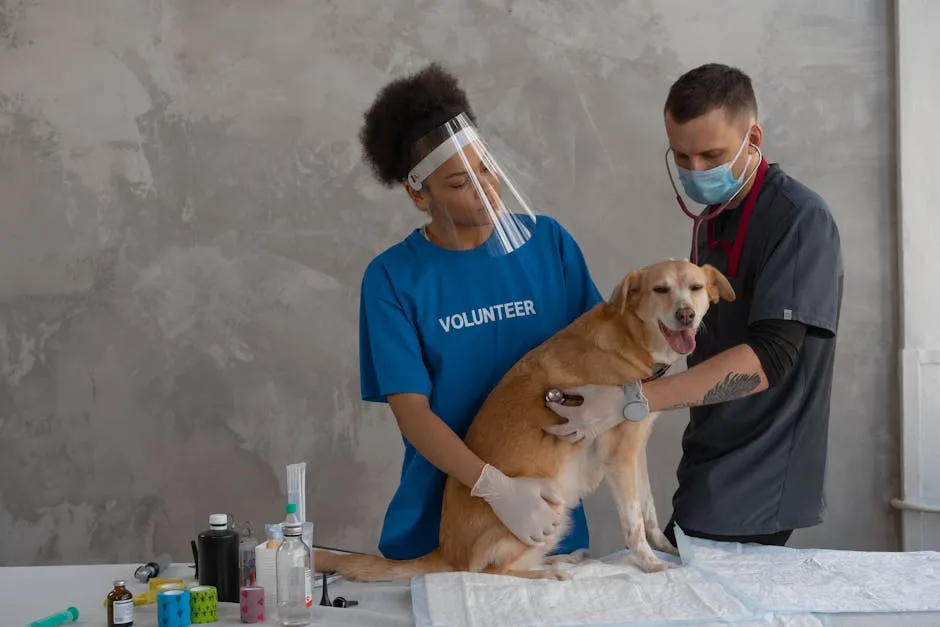
Normal vs. Abnormal Poops
So, what’s normal? Firm, well-formed, and chocolate brown. Abnormal poops can take various forms. Watery stools signal diarrhea, while mucus or blood suggests a more serious issue. If you notice chunks or foreign objects in the stool, it might be time for a vet visit.
Color and Consistency Guide
- Chocolate Brown: Normal and healthy!
- Green: Possible gallbladder issue or grass munching.
- Yellow/Orange: Potential liver problems or food intolerance.
- Red Streaks: Blood; could indicate a cut or more serious issue.
- Black/Tarry: Internal bleeding; seek immediate veterinary help.
- Greasy/Grey: Possible pancreatic issues; consult your vet.
Understanding your dog’s stool can help you catch problems early. Keep an eye on those bathroom breaks, and don’t hesitate to consult your veterinarian if you notice anything concerning. After all, a healthy pup leads to a happy home!
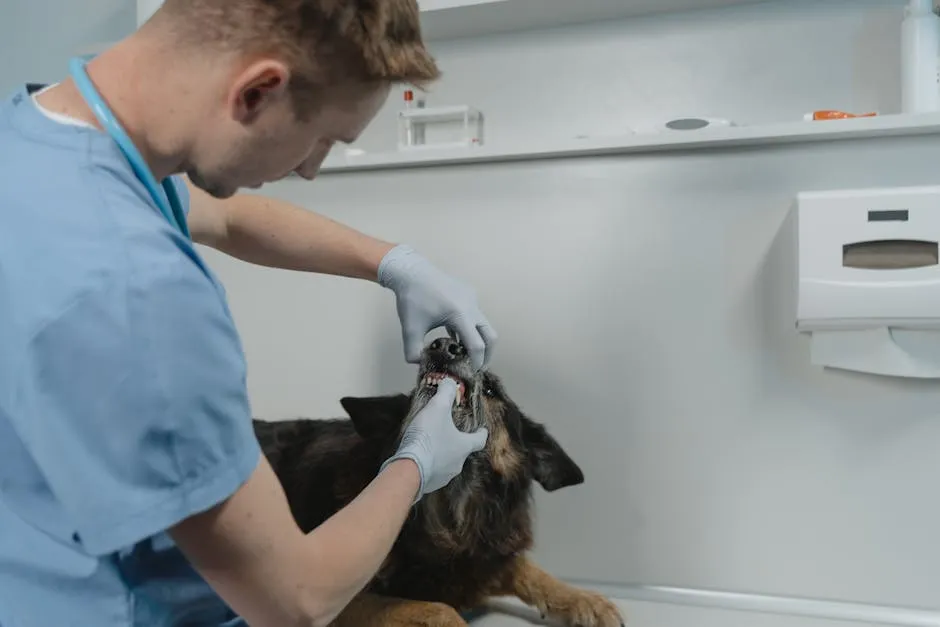
Treatment Options for Dog Diarrhea
Home Care Strategies
If your dog has diarrhea, home care strategies can make a significant difference. Start with fasting. It’s not as harsh as it sounds! Withhold food for 12 to 24 hours, allowing their digestive system to reset. Just remember, always provide fresh water to keep them hydrated.
Next comes the bland diet. Once the fasting period is over, introduce easily digestible food. Boiled chicken and white rice are classic options. You can also add canned pumpkin puree (not the spiced pie filling) for added fiber. Gradually reintroduce their regular food over several days to avoid further upset.
Hydration is crucial during this time. Diarrhea can lead to dehydration, so ensure your dog has access to fresh water at all times. For extra hydration, consider offering diluted Pedialyte to help replenish electrolytes.

When to Consult a Veterinarian
Not all cases of diarrhea can be handled at home. Here are signs that it’s time to consult a vet:
- Diarrhea lasting more than 24 to 48 hours.
- Presence of blood in the stool.
- Vomiting or lethargy alongside diarrhea.
- Severe abdominal pain or discomfort.
During a vet visit, expect them to assess your dog’s overall health. Diagnostics may include a physical exam, fecal analysis, and possibly blood tests. They might prescribe medications or dietary changes based on the underlying cause of the diarrhea.
In summary, monitoring your dog’s poop is essential. It can alert you to potential health issues, ensuring your furry friend stays happy and healthy. If home care doesn’t work or you notice concerning symptoms, don’t hesitate to seek professional help!
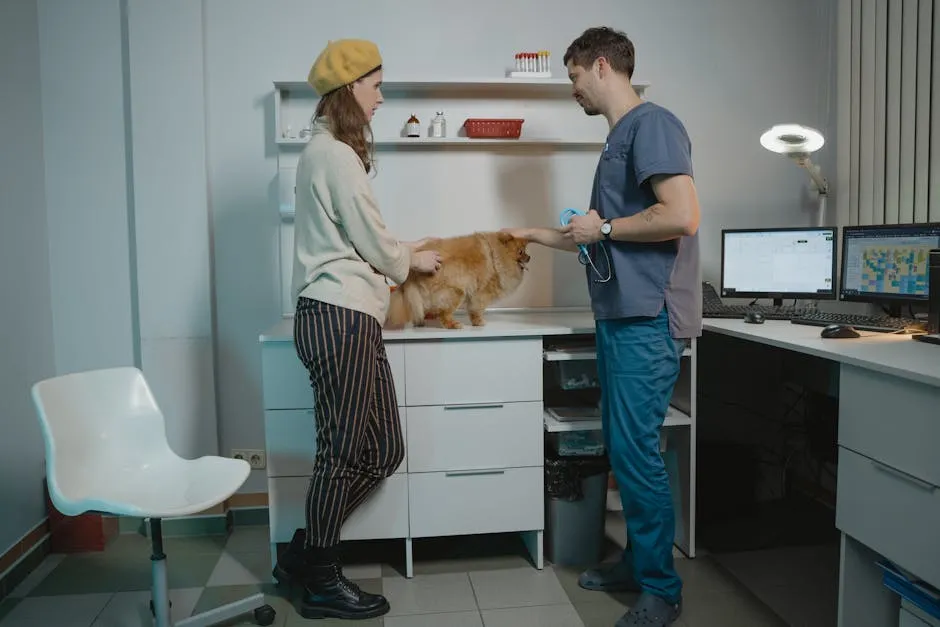
Recovery and Management
In-Home Care After Diarrhea
Once your dog has experienced diarrhea, monitoring their condition is crucial. Keep an eye on their energy levels, hydration, and appetite. If your dog seems lethargic or refuses to drink water, it’s time to consult a vet. Hydration is key!
When your dog’s tummy starts feeling better, it’s time to reintroduce their regular food. Start with small amounts to avoid overwhelming their digestive system. A bland diet is often recommended initially. Think boiled chicken and white rice. Gradual transitions help prevent further upset.
Probiotics can be your dog’s best friend during recovery. These little powerhouses help restore healthy gut bacteria. You can find them as supplements or in dog-friendly yogurt. Always consult your vet before adding anything new to your dog’s diet. Consider trying a dog probiotics supplement to support their gut health.

Long-term Management
If your dog suffers from chronic diarrhea, dietary adjustments may be necessary. Consult your veterinarian to develop a balanced, easy-to-digest diet. This could include specialized commercial foods designed for sensitive stomachs. You might consider a dog food bowl with slow feeder to help manage their eating habits.
Regular vet check-ups are essential, too. Keeping vaccinations up-to-date and monitoring for parasites can prevent nasty infections. Think of your vet as your dog’s health coach—helping keep their gut in check and ensuring they thrive!
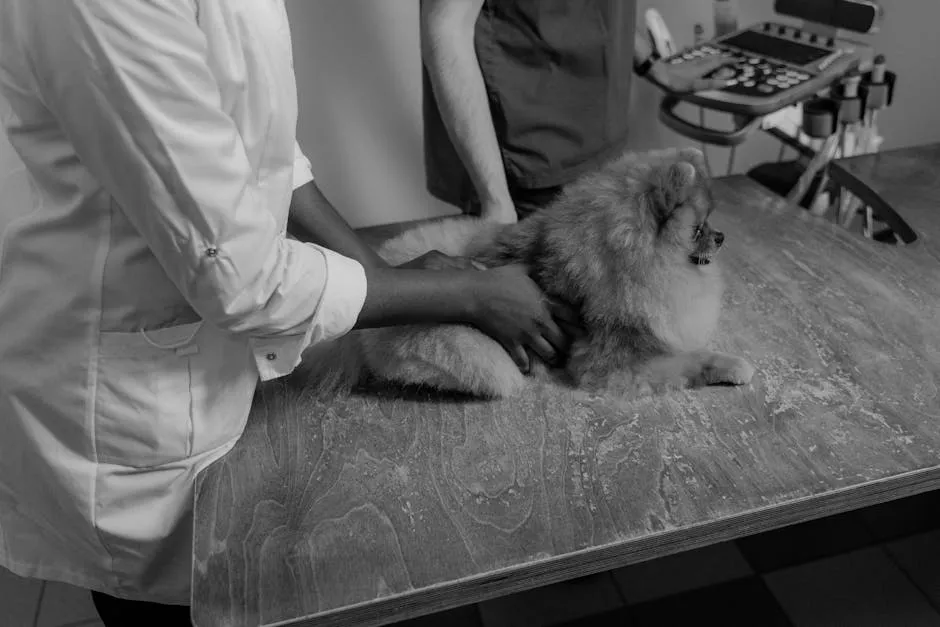
Prevention of Dog Diarrhea
Preventing dog diarrhea is often easier than managing it. Here are some tips to keep your pup’s tummy happy:
- Gradual Dietary Changes: If you need to switch foods, do it slowly over a week. Mix the new food with the old to prevent digestive shock.
- Keep Toxic Substances Away: Make sure chocolate, plants, or household cleaners are out of reach. Your dog’s curiosity should not lead to a trip to the vet!
- Regular Deworming and Vaccinations: Stick to a deworming schedule and keep vaccinations current to fend off nasty infections.
- Stress Reduction Techniques: Anxious pups can develop diarrhea during stressful situations. Help them feel secure with a cozy space, calming music, or even a snuggle session.

Implementing these prevention strategies can save you a lot of headaches and messes. Your dog will be grateful, and so will your carpet!
Conclusion
Understanding dog diarrhea is crucial for every pet owner. It’s not just about dealing with messy cleanups; it’s about ensuring your furry friend stays healthy and happy. Regular monitoring of your dog’s health and stool consistency is essential. By doing so, you can catch potential issues early and act swiftly.
While diarrhea can be a common occurrence, it’s important to remember that it can lead to more serious health concerns if left unchecked. Taking proactive measures, such as providing a balanced diet and reducing stress, can significantly decrease the chances of recurrent episodes. After all, a healthy pup makes for a happy home!
So, the next time your dog has an upset stomach, remember: you’re not alone. With the right knowledge and a bit of vigilance, you can navigate these messy situations with confidence. Your dog depends on you to keep them in tip-top shape, so stay informed and proactive!
FAQs
What should I do if my dog has diarrhea but seems fine?
If your dog has diarrhea but appears healthy, monitor them closely. You might consider withholding food for 12 to 24 hours. This fasting period allows their digestive system to settle. Always ensure they have access to fresh water to stay hydrated.
Can I give my dog human medications for diarrhea?
Avoid giving your dog human medications without veterinary consultation. Many human remedies can be harmful to dogs. Always consult your veterinarian before administering any medications to ensure your dog’s safety.
How long does diarrhea usually last in dogs?
Diarrhea in dogs can last anywhere from a day to several days. Mild cases often resolve within 1-2 days. However, if diarrhea persists for more than 48 hours, it’s best to seek veterinary advice for further evaluation.
What can I feed my dog to help with diarrhea?
A bland diet can help soothe your dog’s stomach. Options include boiled chicken (without skin) and white rice. Canned plain pumpkin can also be a great addition due to its fiber content. Ensure any diet changes are gradual to avoid further upset.
Is diarrhea a sign of something serious?
While diarrhea can be caused by minor issues, it can also indicate serious underlying conditions. Watch for signs such as blood in stool, vomiting, or lethargy. If your dog exhibits these symptoms, consult a veterinarian promptly for a thorough examination.
Please let us know what you think about our content by leaving a comment down below!
Thank you for reading till here 🙂
For more information on this topic, check out our article on dog diarrhea.
Additionally, if you’re looking for a convenient way to keep your dog’s food fresh, consider a dog food storage container. Keeping their food fresh not only preserves its nutrients but also helps prevent gastrointestinal issues.
And don’t forget the importance of hydration! A pet water fountain can encourage your pup to drink more, promoting better hydration and digestive health.
Finally, consider keeping a dog first aid kit handy for those unexpected tummy troubles or other emergencies. Because let’s be honest, being prepared is always better than being surprised!
All images from Pexels

